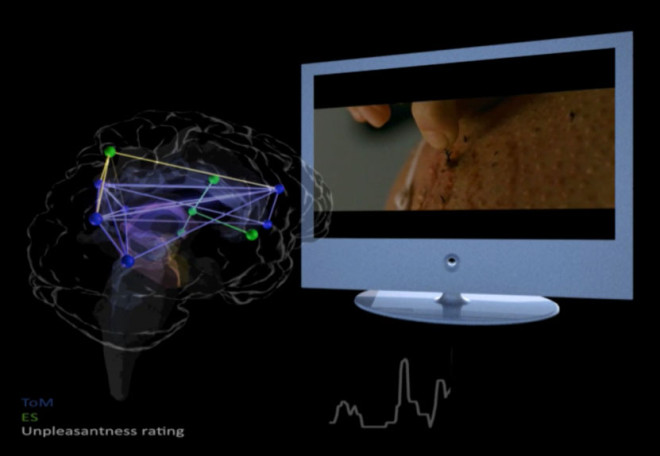
When people watch this scene, their brain activity bears some resemblance to a pattern that's been observed in people with schizophrenia, said Talma Hendler, a neuroscientist at Tel Aviv University in Israel, said at a recent event here sponsored by the Academy of Motion Picture Arts and Sciences.
"My suggestion to you is that as Nina is getting crazier and crazier, the audience experiences something like schizophrenia," Hendler said.
Darren Aronofsky, who directed Black Swan, was onstage with Hendler, and he took this as a compliment. Aronofsky has a remarkable knack for putting his audience in the mindset of mentally unstable and anguished characters (recall the tortured mathematician in Pi, or Micky Rourke's battered wrestler, desperate for a comeback in The Wrestler).
Read the full article on Wired.com.



What is (or seems to be) temporary to some, is permanent to others:
[Link]
The government desires continuity.
The leaders wish to ensure that their decisions are final, in each and every case.
Forevermore.
ned